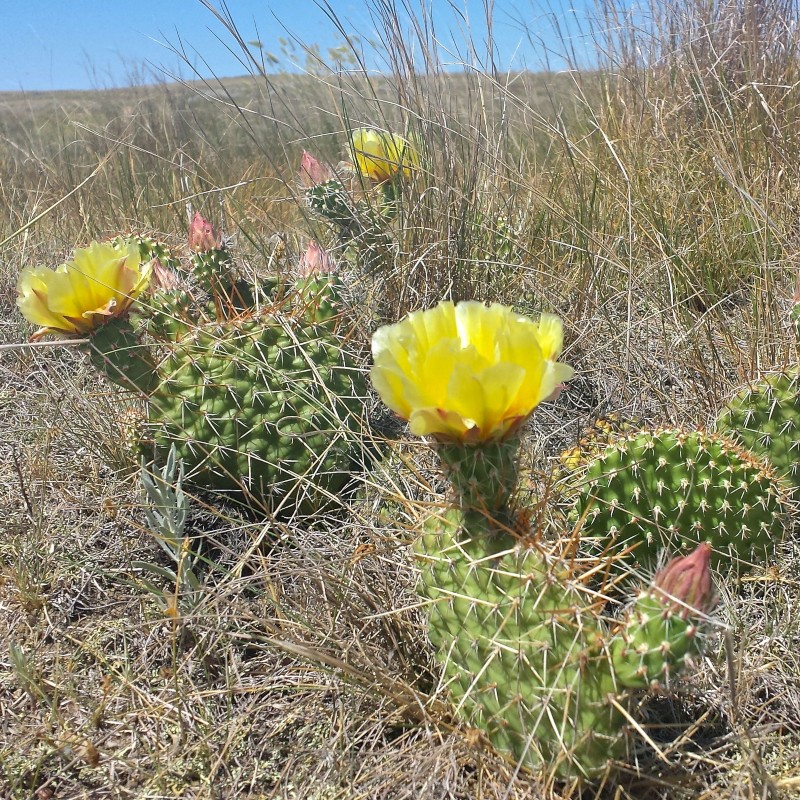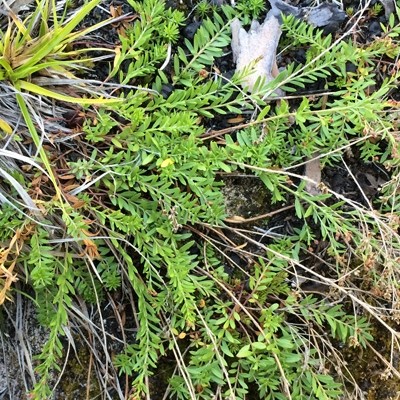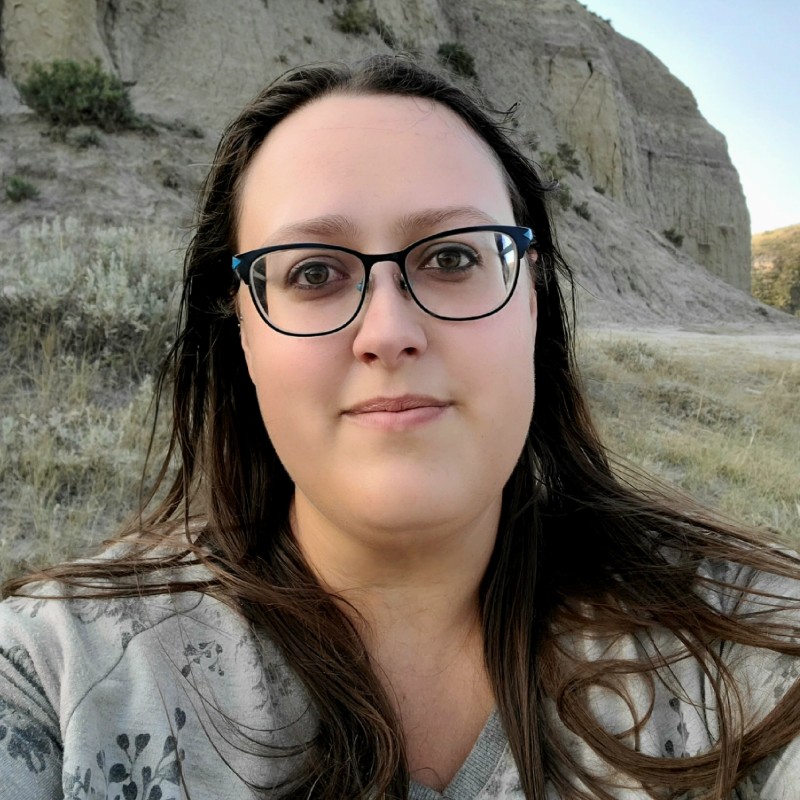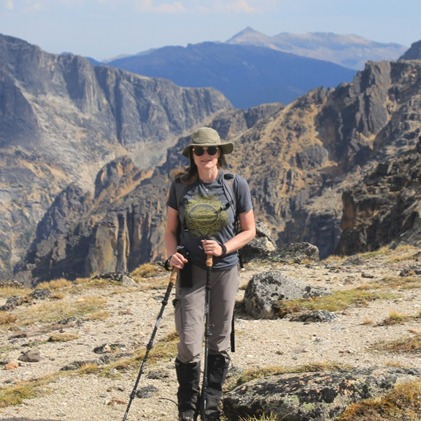Discover ABMI Data & Tools
Data Toolbox
Quick access to our data products and online reports.
Discover ABMI Data & Tools
Quick access to our data products and online reports.
 Photo Credit: Kendall Vanderlip
Photo Credit: Kendall Vanderlip
Some species associated with arid habitats, like this Brittle Prickly Pear Cactus, reach the northern extent of their range limit in the prairie provinces.
 Photo Credit: Carl Axel Magnus Lindman
Photo Credit: Carl Axel Magnus Lindman
Bog Adder’s Mouth was previously believed to be critically imperilled in Alberta (S1), but with increased survey effort is now considered imperilled-to-vulnerable (S2S3)

Impoverished Pinweed is an unusual species of the Athabasca Sand Plain.
Impoverished or Largepod Pinweed had never been detected in Alberta prior to 2012, when it was discovered by ABMI staff. Additional surveys as part of the Rare Plant Project resulted in the discovery of several other populations. This species lives on very sandy soils in Alberta’s Athabasca Sand Plain and is strongly associated with post-fire Jack Pine stands.

Lead Scientist, Vascular Plants
Lysandra is a plant ecologist and taxonomist with 10+ years of ecological research experience in western North American ecosystems, primarily in rangelands. She joined ABMI in 2022 as the vascular plant lead scientist, but has been working with ABMI intermittently since 2017.

Vascular Plant Taxonomist
Mary completed a BSc at the University of Alberta and joined the ABMI in 2021. She has a background in floristic surveys and plant taxonomy. When not identifying bryophytes and vascular plants, Mary can be found hiking, canoeing, camping, and spending time with family.
If you have questions about the ABMI's vascular plant monitoring programs, please get in touch: lysandra.pyle@ualberta.ca
Alberta Biodiversity Monitoring Institute. 2014. Terrestrial field data collection protocols (abridged version) 2014-03-21. Alberta Biodiversity Monitoring Institute, Alberta, Canada. Report available at: abmi.ca.
Alberta Biodiversity Monitoring Institute. 2009. Processing vascular plant samples (10012), version 2009-06-08. Alberta Biodiversity Monitoring Institute, Alberta, Canada. Report available at: abmi.ca.
Packer, J.G. and A.J. Gould. 2017. Vascular plants of Alberta, part 1: ferns, fern allies, gymnosperms, and monocots. University of Calgary Press, Calgary, Alberta, Canada.
Kershaw, L. and L. Allen. 2020. Vascular flora of Alberta: an illustrated guide. Linda Kershaw, Alberta, Canada.
Moss, E.H. and J.G. Packer. 1983. Flora of Alberta, 2nd edition. Revised by J.G. Packer. University of Toronto Press, Toronto, Ontario, Canada.
Flora of North America Editorial Committee, eds. 1993+. Flora of North America north of Mexico. 22+ vols. New York and Oxford. http://floranorthamerica.org/Main_Page
 Photo Credit: ABMI
Photo Credit: ABMI
Wood Lily is found blooming in open forests and grasslands from late June through early July.
Allen, B.E., E.T. Azeria, and J.T. Brief. 2021. Linking functional diversity, trait composition, invasion, and environmental drivers in boreal wetland plant assemblages. Journal of Vegetation Science 32(5):e13073. https://doi.org/10.1111/jvs.13073
Crisfield, V.E., D.L. Haughland, and L.A. Pyle. 2020. Microhabitat and ecology of the rare boreal endemic Lechea intermedia var. depauperata Hodgdon (Cistaceae). Ecoscience 27(4). https://doi.org/10.1080/11956860.2020.1796365
Crisfield, V.E., J.M. Dennett, C.K. Denny, L. Mao, and S.E. Nielsen. 2020. Species richness is a surrogate for rare plant occurrence, but not conservation value, in boreal plant communities. Biodiversity and Conservation 29:99–114. https://doi.org/10.1007/s10531-019-01871-z
Crisfield, V.E., D.L. Haughland, and L.A. Pyle. 2019. Reproductive ecology of impoverished pinweed (Lechea intermedia var. depauperata), a fire-associated narrow endemic from the boreal forest. Botany 97(10). https://doi.org/10.1139/cjb-2019-0097
Ficken, C.D., D. Cobbaert, and R.C. Rooney. 2019. Low extent but high impact of human land use on wetland flora across the boreal oil sands region. Science of the Total Environment 693:133647. https://doi.org/10.1016/j.scitotenv.2019.133647
Alberta Native Plant Council: https://anpc.ab.ca/
Alberta Conservation Information Management System: https://www.albertaparks.ca/albertaparksca/management-land-use/alberta-conservation-information-management-system-acims/
Cutleaf Vipergrass (Scorzonera laciniata) factsheet, first detection for Canada: https://abmi.ca/home/publications/551-600/587
Dragon’s Mouth Orchid (Arethusa bulbosa), new orchid detection for AB: http://blog.abmi.ca/2015/01/30/a-dragon-in-alberta-abmi-vascular-plant-taxonomist-records-new-orchid-sighting-in-alberta/
Landscape rarity: rare plants project in the Lower Athabasca Regional Planning area: https://uofa.maps.arcgis.com/apps/Cascade/index.html?appid=cf214263b9f447c0abf71b665cc79904

.png)


